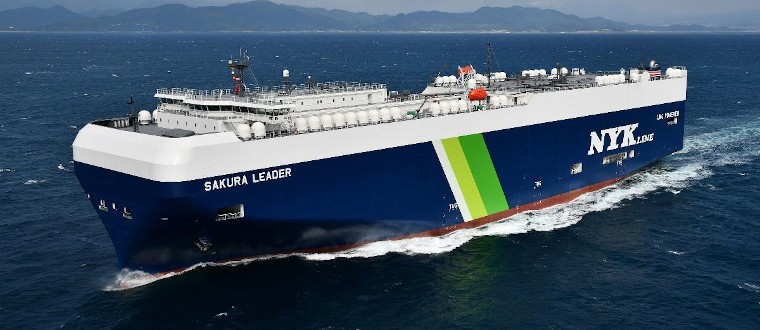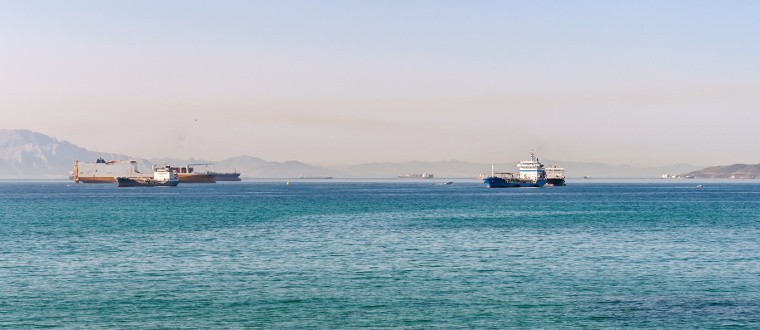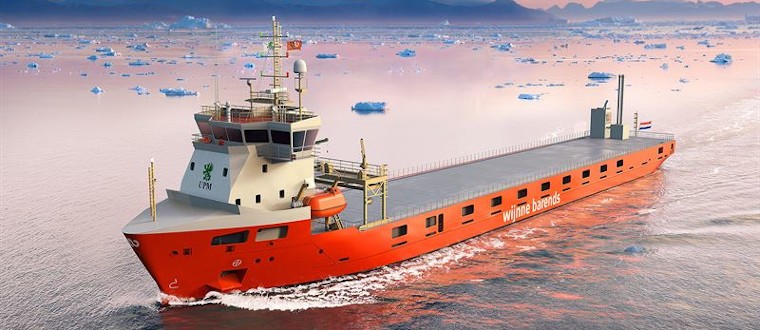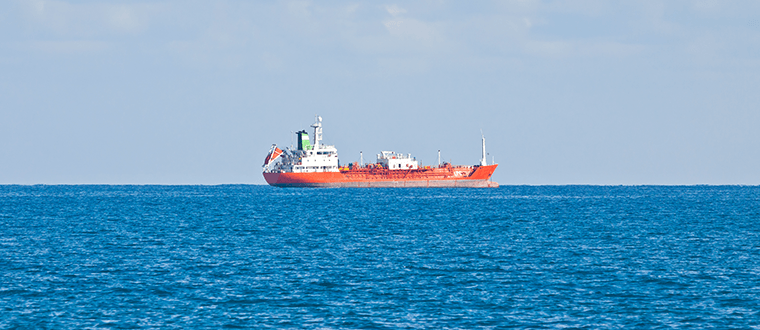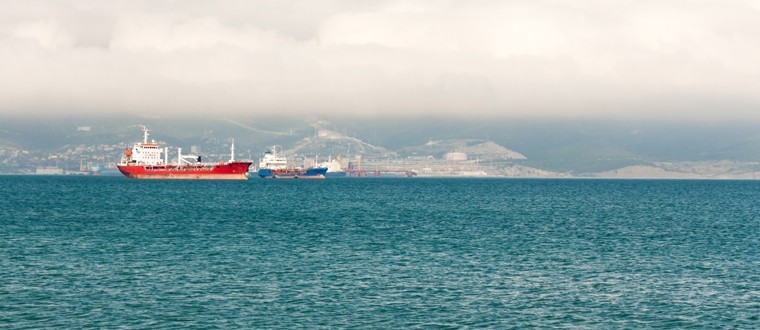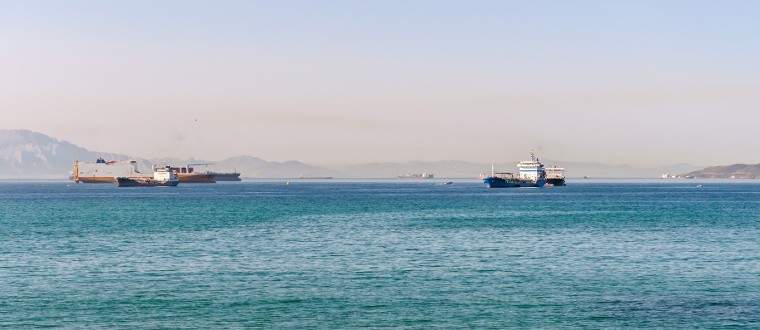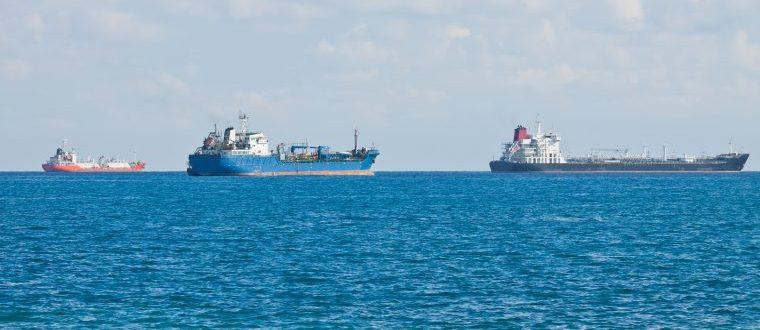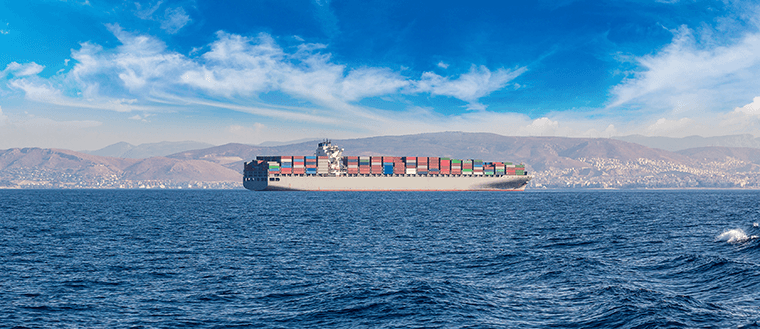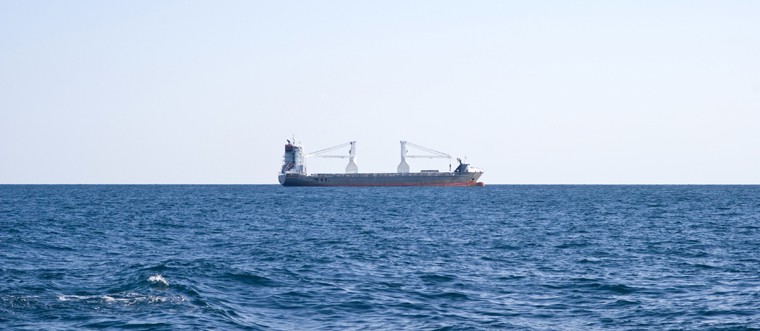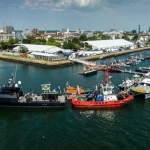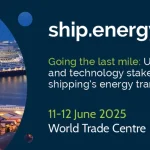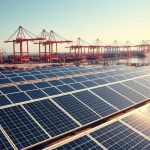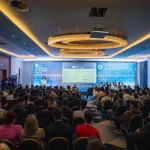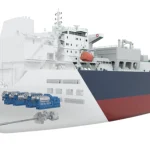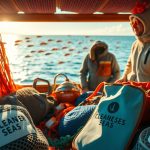According to the latest report from Clarkson Research Services, LNG-fuelled vessel orders are approaching 30% of Gross Tonnage on order, representing a substantial part of shipping’s overall capacity when these vessels are delivered.
The study illustrates strong returns on investment for LNG as a marine fuel on a Net Present Value (NPV) basis over a conservative 10-year horizon. The modelling analysis is bolstered by compelling payback periods of two to four years for the newbuild CAPESIZE on this major ore trade corridor.
The ships have been ordered by Wijnne & Barends Chartering based in the Netherlands, an affiliate of the Dutch Spliethoff Group. The order with Wärtsilä was placed in December.
Located at the heart of the US Gulf Coast, the port of Lake Charles is the twelfth busiest port in the USA, according to the US Army Corps of Engineers waterborne statistics, with around 1,000 vessels calling annually.
DNG Energy’s continuing development of LNG bunkering facilities at Algoa Bay utilises Africa’s abundance of natural gas reserves to overcome the shortage of infrastructure as a barrier to the adoption of LNG as a fuel.
Peter Keller, Chairman, SEALNG, stated: “We commissioned this study from independent simulation and analytics expert Opsiana to support shipowners and operators in analysing their investment opportunities in an informed way, while simultaneously providing deeper analysis of the assumptions that go into the 2020 decision process.”
27 May 2019 – Keppel Shipyard in Singapore has awarded Norwegian liquid handling and pump specialist PG Flow Solutions a contract to supply high flow seawater pumps to the Gimi FLNG that is being converted at the yard. PG Flow Solutions will deliver four large seawater pumps, each with a capacity of 5,500 cubic metres […]
SEALNG, the multi-sector industry coalition aiming to accelerate the widespread adoption of liquefied natural gas (LNG) as a marine fuel, announced that it has welcomed Mexico-based ÉNESTAS to its membership coalition.
The 25 tons per day capacity plant will extend an existing bioLNG production plant at Skogn in Norway, also supplied by Wärtsilä, to a combined total of 50 tons per day making it by far the largest facility of its kind in the world.
We need to take advantage today of the confirmed reduction in GHG of up to 23% (Well-to-Wake) and the obvious air quality benefits of LNG as a maritime fuel.

